Fitbit Flex review: step counting takes a step up
From activity tracking to sleep studying, the Fitbit Flex may be old but it's also effective and cheap

-
+
Decent step/sleep tracking
-
+
Super compact form
-
+
Cheap
-
-
Under a week's battery life
-
-
No screen as such
-
-
Limited functionality
Why you can trust T3


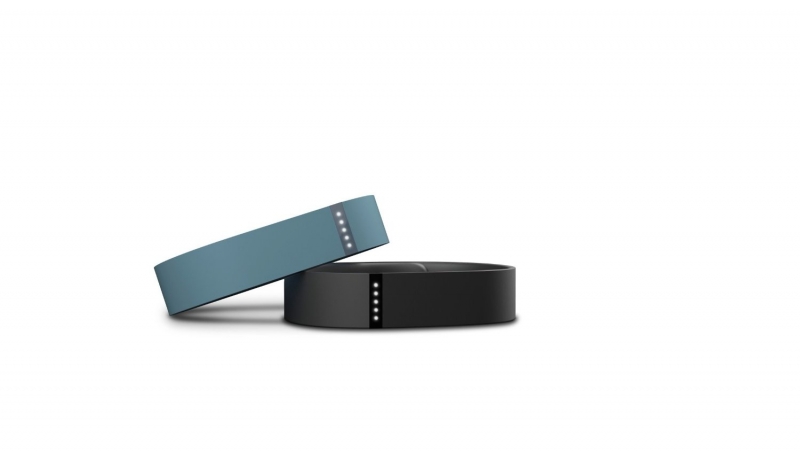

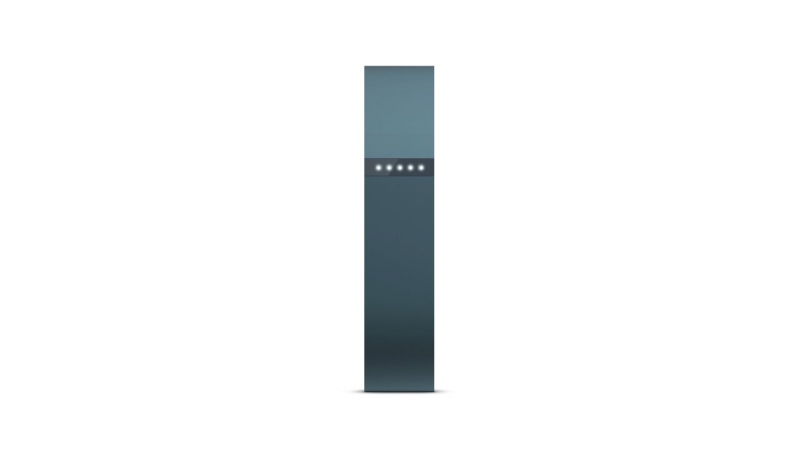
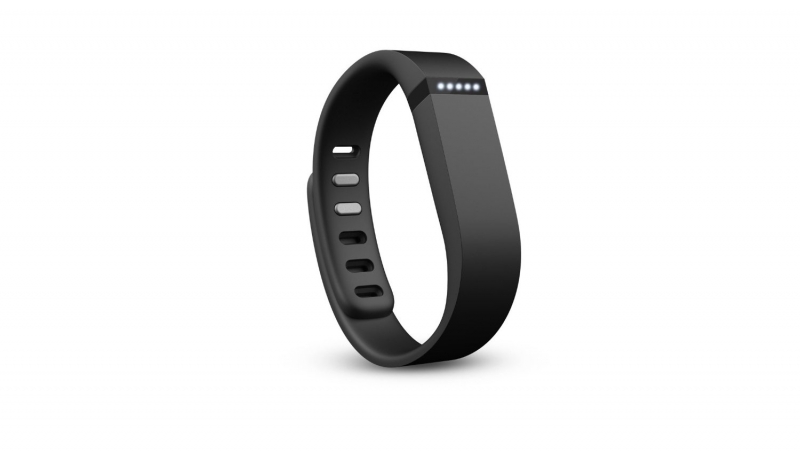
Fitbit has been around since before activity tracking became cool. A wealth of experience, plenty of development and a product that's been evolving for years should mean a great result for the Flex. But with strong competition from the likes of Garmin, Polar, Jawbone and a million smartphone apps with powerful builtin tracking options, can it still compete?
A good activity tracker does more than just count steps and that's just what the Flex was created to do. Not only will the band track your sleep cycle but it offers a smart alarm to help improve waking time freshness. Add that to the ability to set goals and the result should be a surefire health improvement by wearing the tracker and taking its advice in theory anyway.
What you're getting here is Fitbit's expertise on the cheap, as the Flex can now be had for as little as £40/$60. Is it worth it? Let's find out...
Screen, Battery and Build
The display on the Flex is minimalist to say the least. It's quite literally five tiny LED dots. These each represents 20 per cent of a goal. As each LED lights up, the wearer is that much closer to reaching that goal. The goals themselves can be changed and tweaked via the app. In fact, most interaction is done via the app, with the display lights simply providing an easy, ataglance update. A tap of the display shows goal progress while a double tap starts and stops sleep tracking. Overall it's a refreshingly simple setup.
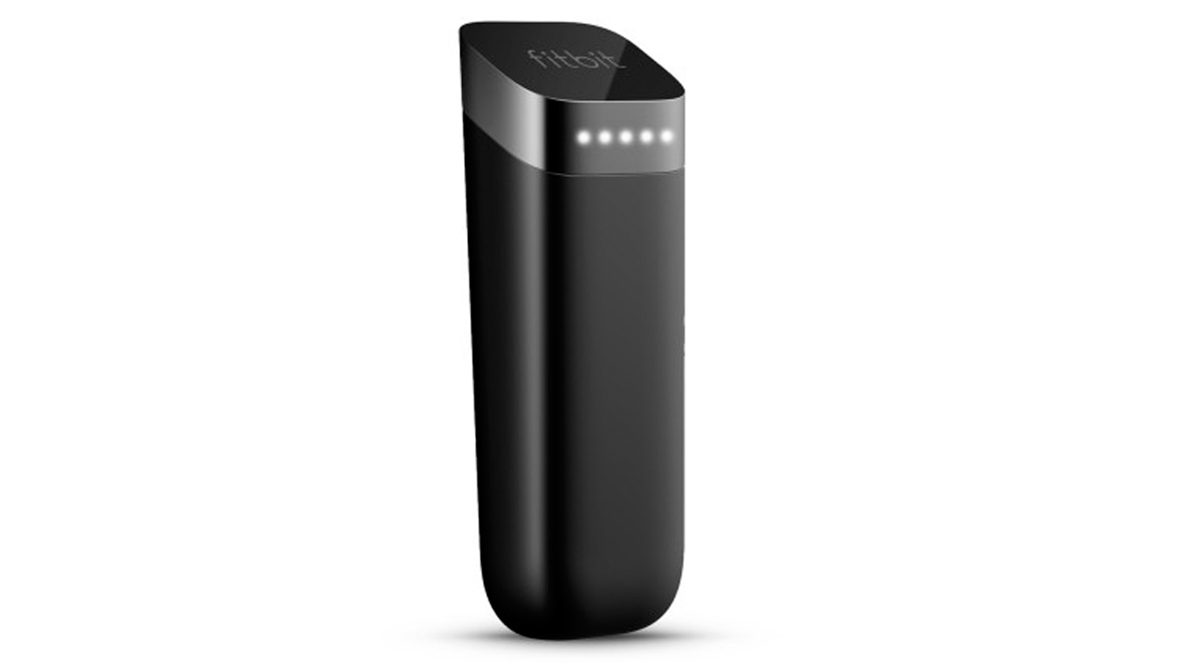
The Fitbit Flex is certainly not a bulky band. Its sensor/processor unit slips into a rubberised band which is relatively slim, minimalist and comfortable. It can also be removed for storage when out and about, or put in your sock for cycling, for example, or just carried in your pocket. It also comes with large or small bands, so should fit most wearers.
The water resistance and comfort of the tracker also make putting it back on after a charge less of a chore. That said the clasp is a little awkward and could be improved to make this task even simpler.
There are now different straps available including more designer offerings from Tory Burch, making a real asset of the ability to pop out the Flex unit and place it in new bands.
Get all the latest news, reviews, deals and buying guides on gorgeous tech, home and active products from the T3 experts
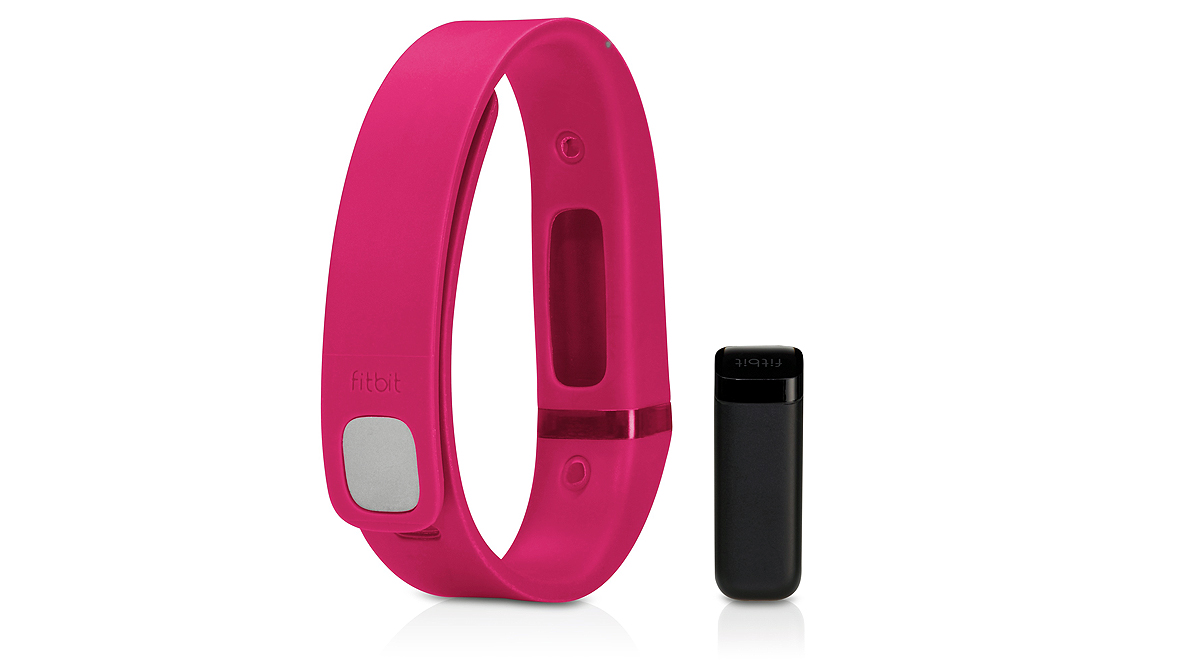
The Flex manages to cram enough battery into it's pill-sized form to churn out five days on a single charge. This obviously requires a special shoestyle connector but that at least can be charged via a standard USB port. So as long as you've got the cable handy, running out of juice shouldn't be a massive issue.
Fitness performance
When it comes to tracking, Fitbit's years of experience really come into play. Using an internal accelerometer, the Flex is able to track steps with reasonable accuracy, then offer a summary of calories burned, distance travelled and active minutes during the day.
While many smartphones now offer this too, it's the quick-glance display on the wrist that can really help motivate many wearers to keep focused on goals.
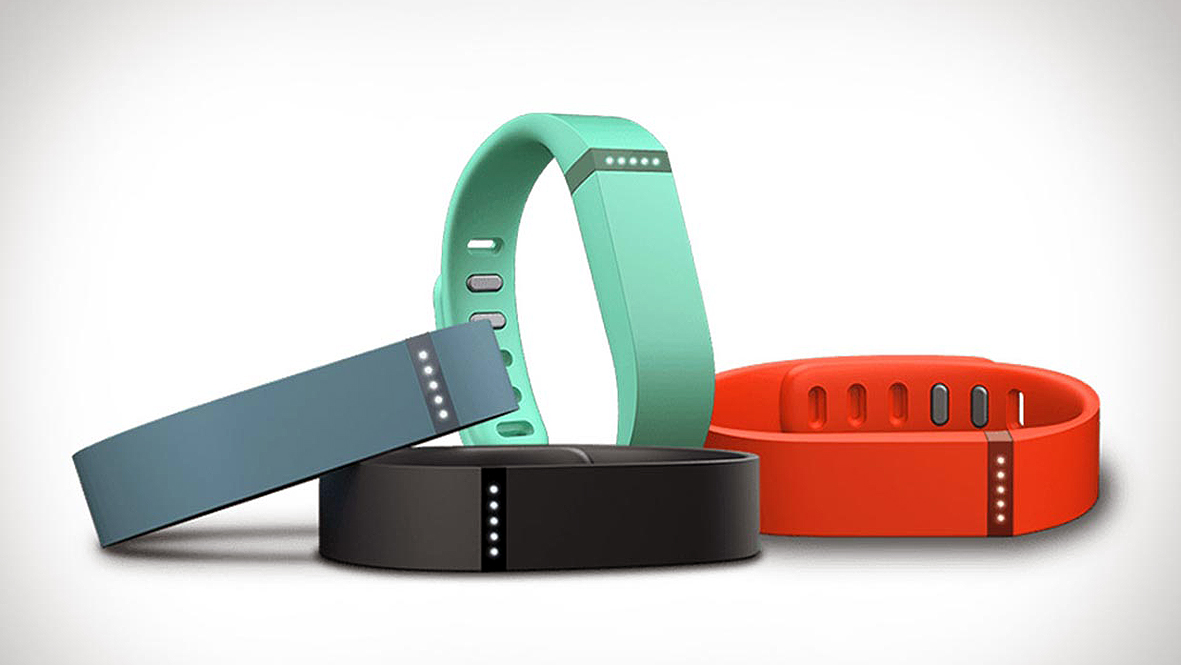
The Flex can track running steps and could technically do cycling but we wouldn't use it for them specifically, it's primarily, as Fitbit itself attests, all about general activity tracking. Well, that and sleep…
Sleep tracking Performance
To be a decent activity tracker nowadays, a band also has to be able to track sleep. Since we spend half our lives asleep it's not hard to understand why this might be important to our health.
Sleep tracking essentially means that the Fitbit Flex band is able to detect movement in the night. This creates a readout that can show the peaks and troughs in your sleep. When in deep sleep, movement is kept to a minimum, and this is the time when muscles repair. The Flex also offers sleep goals to get you better rest, which basically involves getting to bed and bagging as many hours as possible, but it's nice to have an excuse to try to be good.

The smart alarm is key here though while many other trackers offer sleep analysis tech, it's the alarm that really helps. By vibrating gently and waking the wearer when they are at a light point in a sleep cycle it means the wakeup feels natural and unforced, preventing that groggy feeling first thing. Up and at 'em, tiger.
App
The app for the Fitbit Flex is an essential part of the mix, since this is the place every recorded metric can be viewed and analysed. It's essentially where improvements to your lifestyle can be flagged up and taken onboard – the whole point of an activity tracker.
Viewing your own progress is all well and good but healthy competition can help too, which is why the Fitbit app offers a variety of challenges to throw down on family and friends. Wearers can even send cheers, taunts and share stats with others as well as competing directly on a leaderboard. Obviously this tends to be a little linear, competing for the greatest activity track in a given time period, but it can be a good incentive, and it's surprisingly easy to get caught up in the competitive spirit.
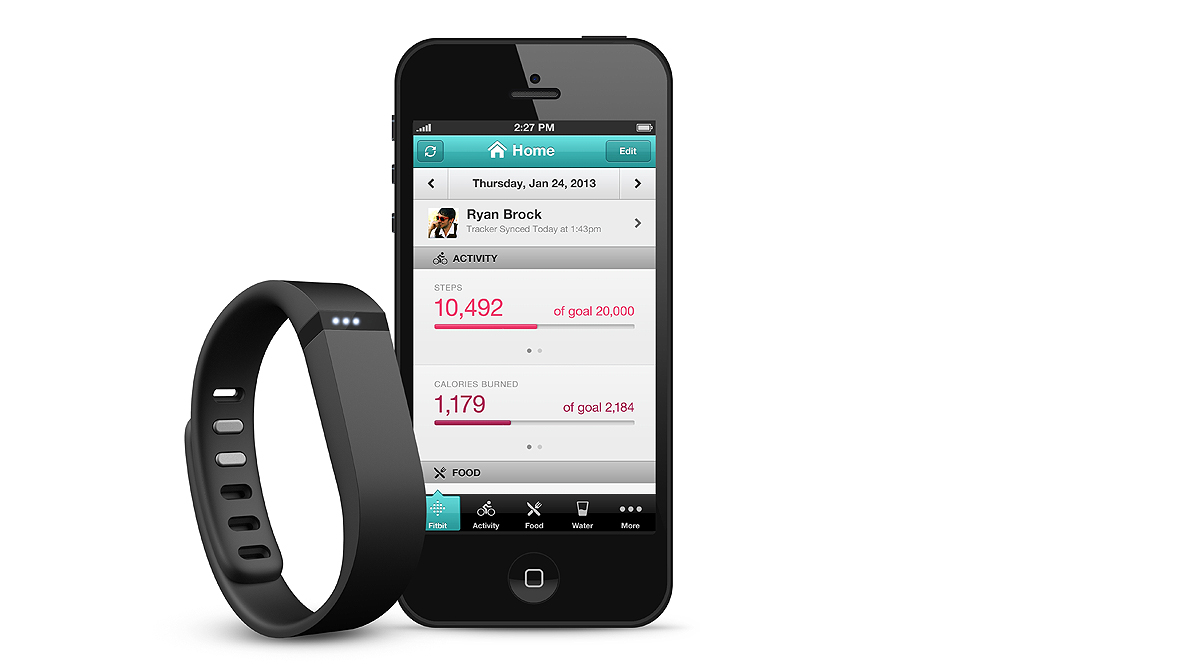
Workouts can be logged too, although these aren't really tracked accurately by the band they can be done in conjunction with app options like MobileRun for a much clearer data pciture, boosted by your smartphone's abilities.
As if all that wasn't enough the app also supports food tracking. This features a barcode scanner for easy input , as well as offering a calorie estimator and even meal shortcuts. However, food tracking is still a very manual business, so does rely on user persistence to keep an accurate record.
Verdict
The Fitbit Flex offers everything a person could want from a basic activity and sleep tracker. It's fairly accurate, and prices have come down considerably to make it one of the cheapest ways to check out activity tracking.
Competition from the likes of the Jawbone Up range of activity trackers may be tempting but that means a more expensive band that's less versatile.
Clearly the little Fitbit has limitations, and it you're looking for a device to get deep into training then this isn't one for you, but if you're considering dipping a toe into fitness tech, or keen on tracking general activity for broader health reasons then this is well worth a look. The food tracking and competition via the app should help keep people hooked long enough to see genuine benefits.
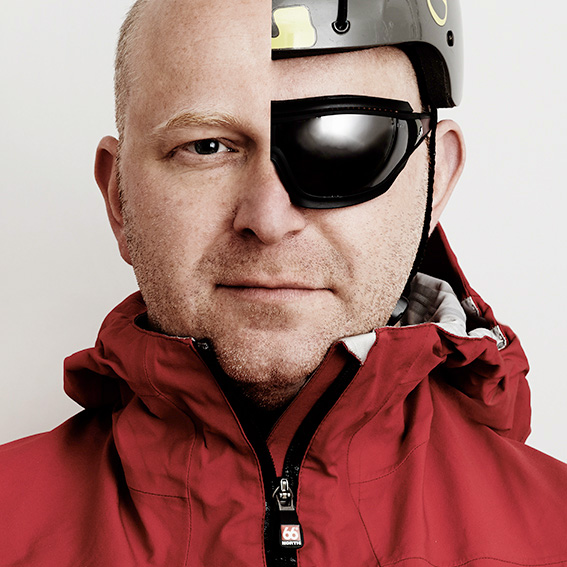
Mark Mayne has been covering tech, gadgets and outdoor innovation for longer than he can remember. A keen climber, mountaineer and scuba diver, he is also a dedicated weather enthusiast and flapjack consumption expert.